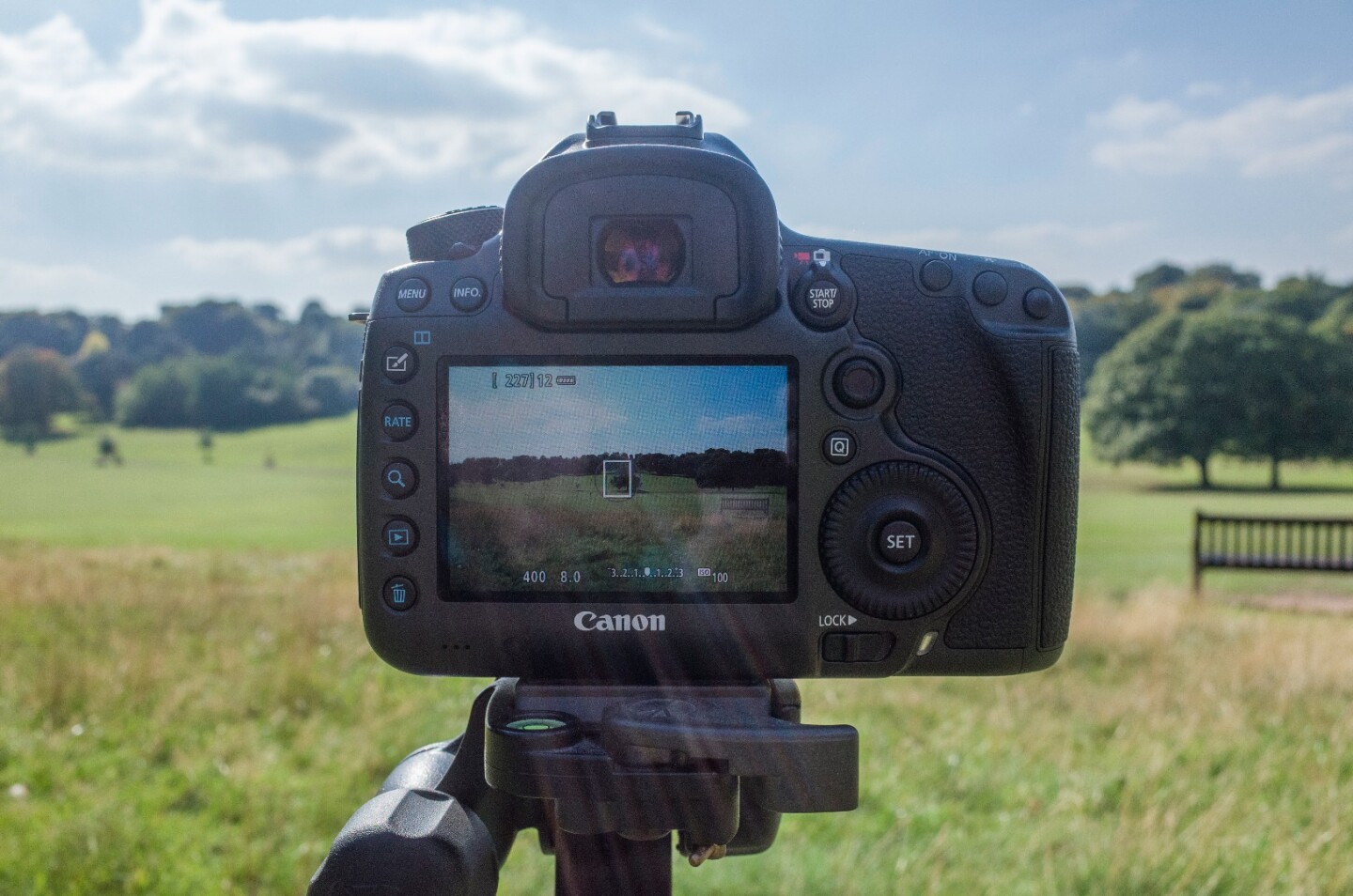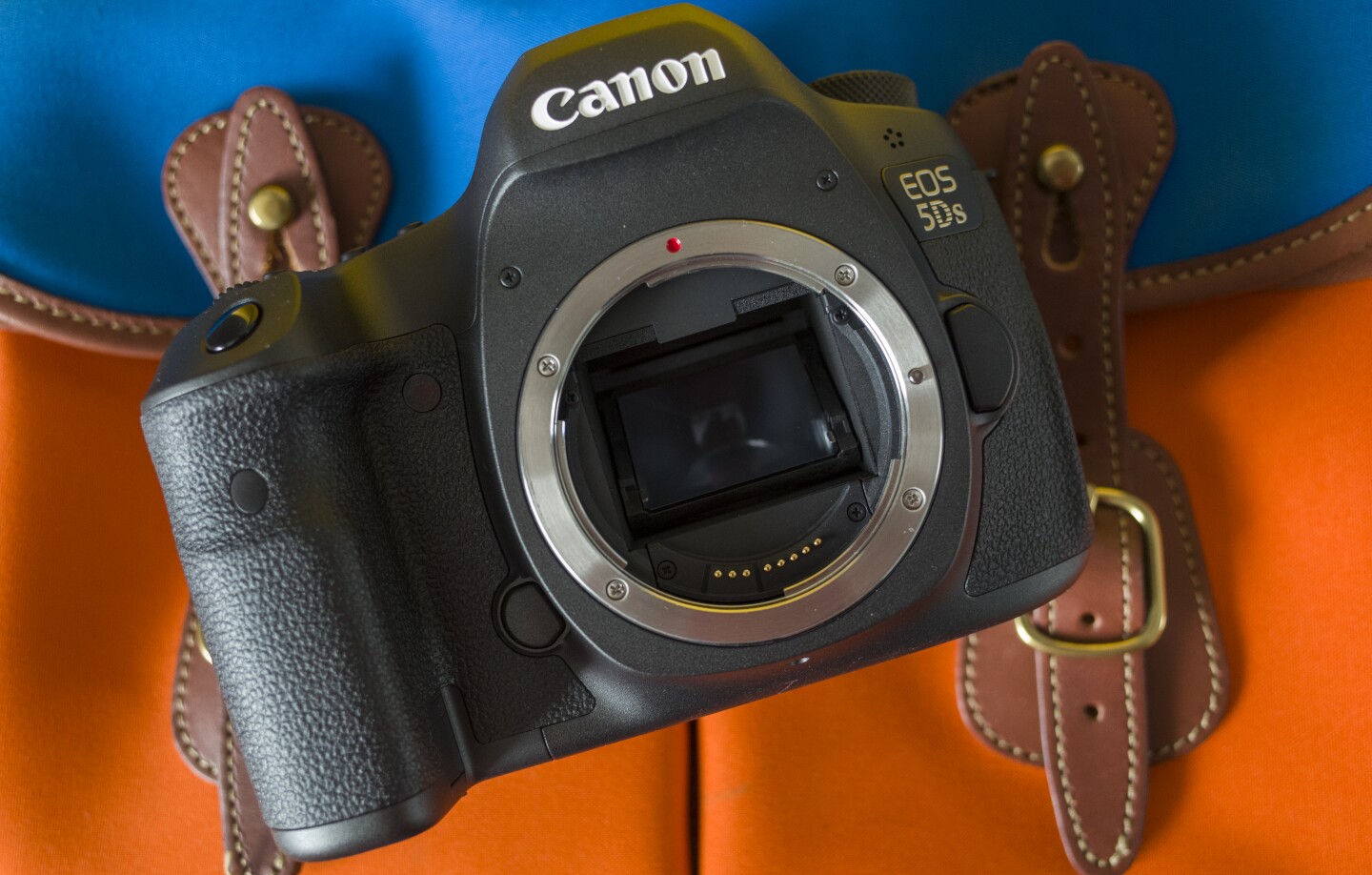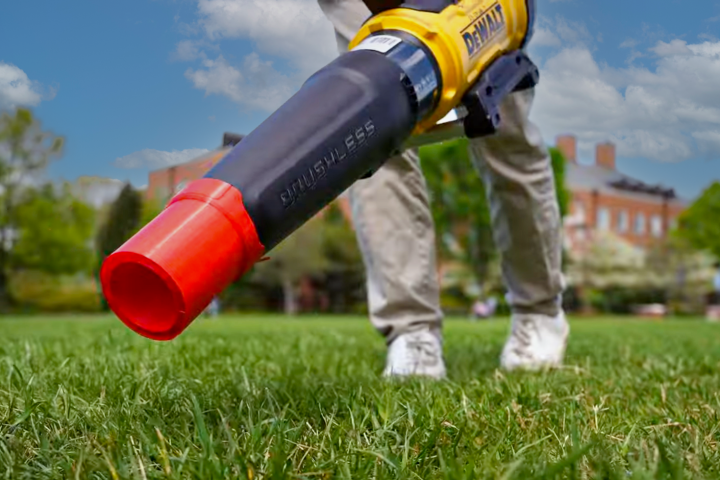It's not long since conventional photographer wisdom stated that no-one needed more than 12 megapixels. However, after Nikon reignited the megapixel race with the D800, and with 250-megapixel cameras on the horizon, pixels (along with sensor size) are once again where it's at. We recently spent some time with the current full frame DSLR megapixel champion, the Canon EOS 5Ds, to see what it's all about.
The EOS 5Ds, and its 5Ds R sibling, are the much-awaited response from Canon to the new generation of super-high-resolution full frame cameras like the Nikon D800 and D810 along with the Sony A7R and A7R II. While the EOS 5D Mark III, which the 5Ds is based on, is a professional all-rounder, the new cameras are arguably more niche tools for those who need higher resolutions, and might otherwise be eyeing up other brands, or even medium format cameras like the Pentax 645Z or Phase One XF.
The model we got our hands on is the 5Ds, which is said to be the best option for the majority of users, whether portrait or studio photographers. The difference between it and the 5Ds R is that the R model uses a low-pass filter cancellation for sharper images, but it is potentially more inclined to moire, so better suited to the likes of landscape shooters. As with all of our camera reviews, we tested the 5Ds in real-world settings rather than shooting test charts in a lab somewhere.

Specifications
- 50.3 megapixels
- Full frame (36 x 24 mm) CMOS sensor
- 61-point AF
- 5 fps continuous shooting
- ISO 100 - 6400 (expandable to 50 - 12,800)
- Full HD video
- Magnesium alloy construction
- Weather-sealed
Design and construction

Anyone who has previously used Canon's 5D cameras will be right at home with the 5Ds. Except for minor changes, the camera looks very much like its predecessors, and that's no bad thing. Its size and weight mean you'll certainly know you are carrying it around compared to a smaller mirrorless offering, but that's something to be expected of a professional-focused full frame DSLR.
The magnesium alloy construction gives the camera a tank-like solid feel, and we got more than one chance to put the weather sealing to the test – at least the British weather is good for something.
Handling and controls

Right from the off, we enjoyed shooting with the 5Ds. The vast array of customizable options means that you can set the camera up exactly how you want. Indeed, various custom menus, and a quick control screen mean you can have fast access to the settings that you frequently use. Tinkerers and control-freaks are well catered-for here, though users less inclined to menu-dive don't have to.
One thing which amazed us in our time with the 5Ds is just how quiet the shutter is. Coming from a Nikon D800, which sounds like a cannon (pardon the pun) being fired every time you take a photo, this was great. The lack of noise is actually a side-effect of Canon re-designing the mirror vibration control system to help reduce mirror bounce and camera shake, and keep those 50-megapixel files sharp. The camera also has a reinforced chassis, baseplate and tripod lug, to improve stability.
The optical viewfinder is nice and big and bright, allowing for traditional composition. It also benefits from mod cons such an LCD overlay which can display certain shooting information as you need it, such as AF points, grid lines and an electronic level. When it comes to reviewing images, there's no denying how good images look in the rear LCD screen, but we found ourselves on a couple of occasions wishing it could be angled when shooting in awkward positions – a feature common on mirrorless cameras and even lower-end DSLRs.
For the purpose of this review we shot mostly in RAW + JPEG (large). While the images in the article are re-sized to be more web-friendly, they are generally JPEGs as they came out of the camera (unless otherwise stated). That said, we have played extensively with the RAW files in post-processing to delve into that resolution and see how much give they have, so we'll be commenting on that too.
Image Quality

Coming from using a 36-megapixel camera, we didn't think the jump to 50 megapixels was going to be that much of a big deal. Boy, were we wrong. The extra resolution was a revelation. Subjects took on an added level of texture. Yes, you need the right subject and situation to get the full benefit of a 5Ds, but when you do it's amazing for a DSLR. It feels one step closer to medium format than the rival Nikons. Just look at the example above, where zooming in you can read a sign you barely even notice in the full frame image. Below, detail that would have been lost with most other cameras becomes apparent.

While the obvious use of the 50-megapixel resolution is to allow massive prints, it also comes in handy if you want to crop into part of the image. The 5Ds additionally boasts built-in 1.3 and 1.6 crop modes, which can deliver 30- and 19-megapixel images. This is a handy feature for people who want quick and easy crop images, though we would rather shoot full images and crop in post-processing. In terms of file-types, the 5Ds offers RAW, M-RAW and S-RAW files, along with various JPEG options.
The 5Ds is not designed to be a low-light camera like the Sony A7S II. However, its performance at what would not long ago have been considered high ISO levels, goes to show just how much sensor development has come on in recent years, and how versatile this camera is. The image below shows a 1:1 pixel crop (at 1,040-pixel width), and noise is only really becoming noticeable at ISO 1600. Again, this a tiny portion of the whole frame, and has not been tinkered with in post-processing. At this level it's only going to worry OCD pixel-peepers, rather than those looking at full images.

In fact, during our time with the camera we learned to trust it in higher ISO settings far more than we expected. While we'd still reserve ISO 3200 and above for the times you need the setting to get the shot, the camera isn't as scared of the dark as you might imagine. That said, at ISO 6400 there is significant noise, and the extended ISO 12800 setting is really just there for the purpose of impressing on the specification sheet.
Some people have suggested that the dynamic range of the 5Ds is a weak point of the camera, but we didn't find that to be the case. While RAW files admittedly didn't seem to offer quite the same range as the Nikon D810 and Sony A7S would at lower ISO settings, it wasn't far off. Our subjective assessment of using the camera in the real world is that it offers about the best dynamic range of any Canon DSLR with its normal ISO range.

For example, we were still comfortably able to push shadows or recover highlights in test shots designed to see what the camera was capable of. In this image (shot at ISO 100), we were able to shoot to expose the sky, and then recover the shadows of the buildings and subject.
Autofocus

The autofocus system on the 5Ds is a 61-point system with 41 cross-type points, which sounds pretty impressive – and it is. Used with the 24-70 F2.8 lens we were testing the camera with, it was remarkably speedy and accurate. Features such as the ability to select groups of AF points into movable zones makes focusing on a variety of subjects easy, and the camera does a great job of tracking focus as a subject moves. Our only gripe would be that the AF points don't cover more of the frame, though this complaint is true of almost all full frame DSLRs.
While the 5Ds tops out with a maximum continuous shooting speed of 5 fps (frames per second) and is no competition for the likes of a 1D X, this is still a remarkable feat considering it can do this for 510 JPEGs or 14 RAW files, assuming you have a suitably fast memory card. While it's no sports camera, there's nothing to stop you capturing action with the 5Ds.

Video
Video recording is not what this camera was designed for, and Canon has pretty much made this point itself by not featuring a headphone jack for monitoring audio, or the ability to output clean HDMI. The video feature which peaks at 1080p/30fps is there because it would be strange to sell a high-end DSLR without it (yes Nikon Df, we're looking at you).
That said, if you just want to knock off a quick bit of video, rather than use it as a main feature of the camera, it's more than capable of doing that. Paired with the 24-70 lens, focusing was fast and quiet, and the resulting footage looked as good as you would expect.
Other considerations

As with other super-megapixel cameras, getting the absolute most out of the 5Ds means treating it right. It takes steady hands (or ideally a tripod) and good technique to get images sharp enough to keep pixel-peepers happy. This camera also needs top-drawer glass. We primarily tested the 5Ds with the impressive 24-70-mm F2.8 and (briefly) the 100-400-mm F4.5-5.6, both of which are lenses that can deliver the goods. However, some older lenses aren't going to cut it for this sensor.

Also, unless you want the 5Ds to constantly display a "Busy" message, you need speedy memory cards. Luckily the camera has dual card slots for one CompactFlash and one SD card. Downloading and processing 50-megapixel images, you'll once again be reminded of just how humongous they truly are. JPEGs can come in at around 30 MB each, and RAW files often measure as much as 80 MB. So consider this a public service announcement to get your computer and storage in order before pulling the trigger on the 5Ds.
Conclusion

So, is the Canon EOS 5Ds worth the US$3,700 asking price, and worthy of a place in your kit bag? If you are after a high-megapixel DSLR, the short answer is yes! The 5Ds sets the new standard of what high resolution DSLRs can do, and becomes the camera to beat.
Images from the Canon 5Ds have more detail than we thought it was possible from a full frame DSLR, which is good news for studio and portrait photographers, while landscape-junkies will be probably equally pleased with the near-identical 5Ds R. The camera gives current Canon shooters who are on a quest for more resolution the chance to use their existing lenses and not have to move to Nikon or Sony, or make the substantial investment in going medium format.
However, the camera is not going to be for everyone. Those massive files will no doubt scare off a lot of wedding and news photographers who can rattle off hundreds of shots in quick succession, and who don't want to deal with the hassle of 50-megapixel files they don't really need. It's also probably not worth investing in the 5Ds for people who don't intend to lavish top-quality glass and fast memory cards on it. But for those that do and will, you are in for a treat.
Product page: Canon 5DS






































